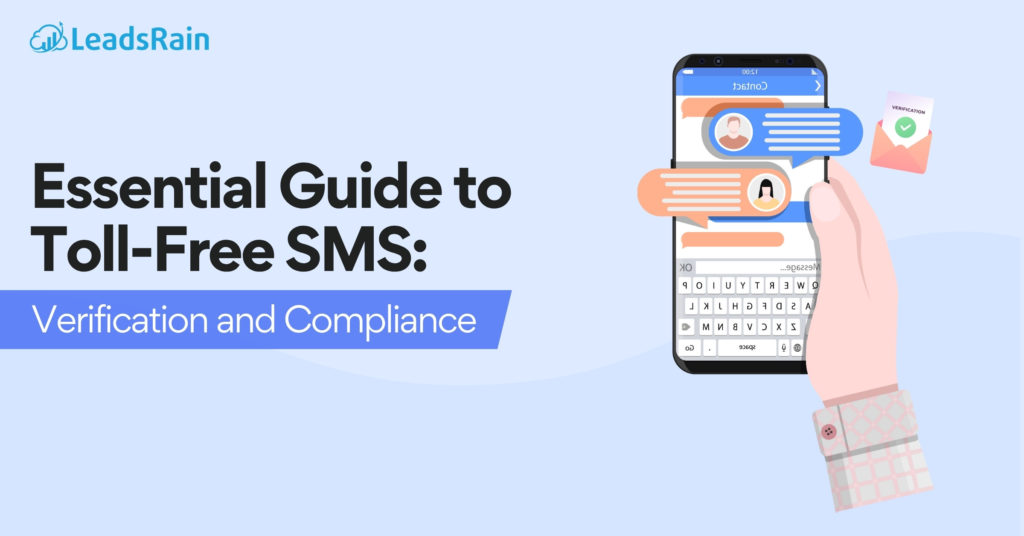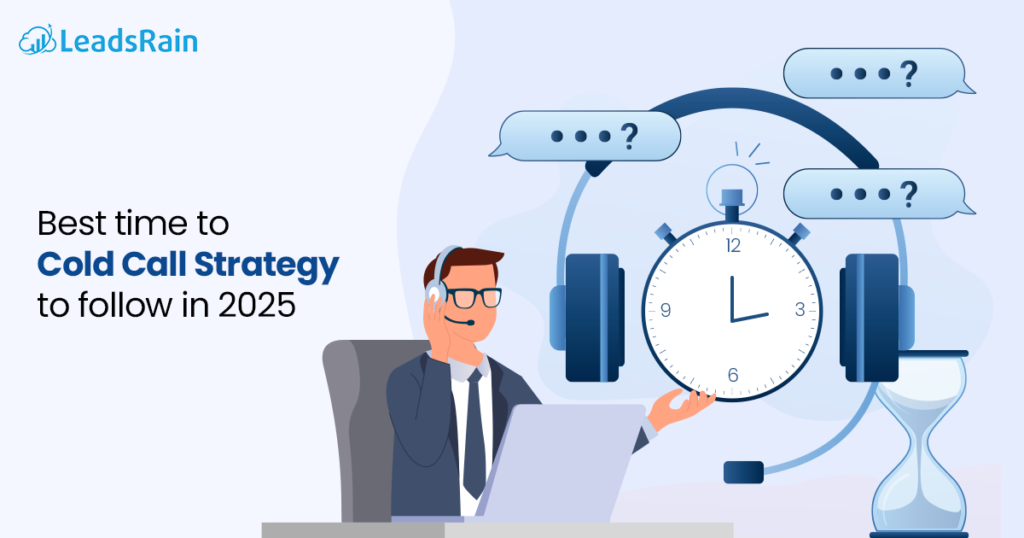How frequently have you witnessed kudos for your company’s outstanding customer service?
Let’s switch the point of focus slightly. How often do consumers show their brand loyalty due to their overall satisfaction?
Some people can find this question puzzling because it’s commonly believed that these terms are mutually exclusive.
The snag is that they are not the same.
What is customer service?
Customer service refers to the business’s customer assistance activity. It involves the execution of professional, helpful, and high-quality services before and after a purchase of a product/service.
Customer service involves assisting buyers in resolving issues, explaining product usage, and responding to inquiries.
Generally, the customer service team accomplishes a few tasks, which are listed below;
- Addressing customers’ questions about product and service offerings
- Assisting buyers who confront technical glitches when using a product or service
- Guiding customers on how they can get maximal use of their investment
- Acknowledging the customer’s problems and responding proactively to ensure customer satisfaction.
How do we measure customer service?
Benchmarking customer service is essential for determining how well your support team is working and where improvements may be made.
- First response time (FTR): The time it takes for customer service to reply to a customer’s inquiry or issue.
- Resolution time (Average handling time): The time it takes to resolve a customer’s issue, from the first conversation to the final resolution.
- First-Contact Resolution (FCR): The percentage of customer issues handled on the first contact, with no need for follow-up.
- Customer feedback: Customers can gain direct insights into service quality.
What is customer experience?
Customer experience refers to a customer’s overall interaction with a company, from the initial time they consider purchasing a product or service to after they finish buying it. It comprises every phase of a customer’s durability, from pre-sales to post-purchase.
Customer experience relates to how customers interact with your brand and the enduring impression you make throughout the buyer’s journey.
The term “customer experience” signifies the first impression created through every step of the customer journey. It includes every interaction, such as exploring products on your website, talking with store employees, reading blog posts, attending webinars, making a purchase, and using your product or service.
How do we measure customer experience?
Measuring CX requires a combination of qualitative and quantitative methods to understand how customers perceive and interact with your brand across different touchpoints.
- Net Promoter Score (NPS): Customer loyalty and the potential to promote your brand to others.
- Customer Effort Scoring (CES): The simplicity of a particular interaction, such as resolving a problem or finalizing a purchase.
- CSAT (Customer Satisfaction Score): Customer satisfaction with a specific interaction, product, or service.
- Retention Rate: The percentage of customers who continue to conduct business with your company after a specified period.
Key differences between customer service vs. customer experience
The customer journey includes more than simply customer service; the customer experience includes each interaction a customer has with your company. There are numerous methods to differentiate CX from customer service under this broad category.
| Point of Difference | Customer Service | Customer Experience |
| Scope | Limited to specific interactions. | Broader and more holistic. |
| Proactive vs. Reactivity | Offen reactive, addressing issues as they arise. | Typically, Proactive. |
| Focus | Focuses on resolving specific issues such as answering questions or providing assistance. | Focuses on overall impression and satisfaction of the customer journey. |
| Interaction | Direct interaction i.e phone, chat, email | Interaction with every channel i.e online, in-person, social media |
| Responsibility | Responsibility of customer service teams/departments | Responsible for the entire department from product development to sales or support. |
| Tools | Utilize CRM systems, ticketing systems, and live chat software. | Technologies such as journey mapping tools, customer feedback platforms, and advanced analytics. |
| Impact | Directly impacts customer satisfaction. | Influences overall brand perception. |
| Duration | Short-term interaction | Long-term, continuous process |
| Personalization | Interaction with every channel i.e online, in-person, and social media | Involves a holistic approach to personalization. |
Which is more important: Customer service vs experience?
It’s abundantly clear now that CS and CX can’t exist without each other, just like cheese and wine go together. These are essential to the success of your business.
The two aspects have an unbreakable connection: exceptional customer service and memorable customer experiences are mutually exclusive. The way your customers interpret your brand has the power to either positively or negatively impact it.
Providing customers inadequate support where and how they need it could permanently disconnect them, even if you achieve in all other aspects of the customer experience.
If you’re still unsure about the value of spending money on both experience and service, consider the following statistics:
- Businesses with an excellent customer experience make 5.7 times more income compared to those without it.
- 84% of businesses that attempt to improve the customer experience see a boost in revenue.
- Companies that prioritize customer service are sixfold more likely to achieve their customer retention goals.
FAQS:
1. How to improve Customer Experience?
Deliver a consistent experience across all channels to fulfill customers’ needs at each phase of their journey. This can be accomplished by focusing the strategy on the customer and tailoring the experience to their specific requirements. To make this happen, brands must create an omnichannel experience.
2. What role do customer service teams play in CX?
Customer service teams play an important role in defining the customer experience through promptly handling issues, personalizing interactions, delivering consistent assistance, receiving feedback, and improving brand perception, all of which contribute to a great overall customer journey.
3. What are the components of good customer service?
Good customer service constitutes a personalized approach, pertinent support, timely response, product knowledge, and professional behavior when interacting with customers.
Conclusion
If businesses see customer experience and customer service as two interconnected components, they are more able to plan out their customer journey, identify possible problems, and provide more consistent, pleasurable experiences for customers.
Implementing our outbound marketing platform allows you to promptly assist customers across a wide range of channels and personalize each stage of their journey.




